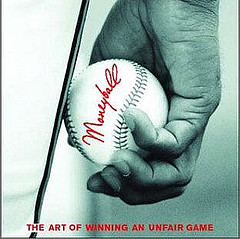 With each passing day, an increasing amount of data is being generated and transmitted by and about more people than ever before.
With each passing day, an increasing amount of data is being generated and transmitted by and about more people than ever before.
At Google’s 2010 Atmosphere convention, Google CEO Eric Schmidt stated that “There were 5 Exabytes of information created between the dawn of civilization through 2003, but that much information is now created every 2 days.”
In case you were wondering, an Exabyte is 1,000,000,000 gigabytes, or 10,000,000 terabytes. That’s a lot of information.
Interestingly, Google’s CEO may have actually underestimated the amount of data being generated at the time. From their research, RJMetrics believes that a more accurate figure would be approximately 6.6 exabytes every 2 days. One thing is for sure – the number is even bigger today.
What does any of this have to do with recruting? Why should HR, recruiting and sourcing professionals, as well as corporate executives care about big data?
Well, because a chunk of big data is human capital data, and as I have been ranting about for the better part of 3 years, human capital data can be leveraged to identify and hire more great people more quickly.
If you’re a dinosaur recruiter or sourcer, I don’t recommend you read the rest of this post, because:
- I will challenge they way you think and work, and that might make you uncomfortable
- You’ll probably think it’s a load of garbage
- It might make you aware of your pending extinction (the precise timing of which is debatable)
I have to warn you that this is not a short, quick-hit post – this may be the longest single post I have ever written, which explains why you didn’t see a post from me last week. I wrote this piece to introduce a human capital paradigm shift, to challenge the long-standing conventional wisdom in HR and recruiting, and to (hopefully!) provoke progressive thought from my peers. If that’s not your thing, turn back now.
If you want a glimpse into the future of talent identification and acquisition, you’re always interested in figuring out how your company can gain a competitive advantage, and you’re wondering what the heck my “Moneyball recruiting” reference could possibly be about, then read on. Continue reading